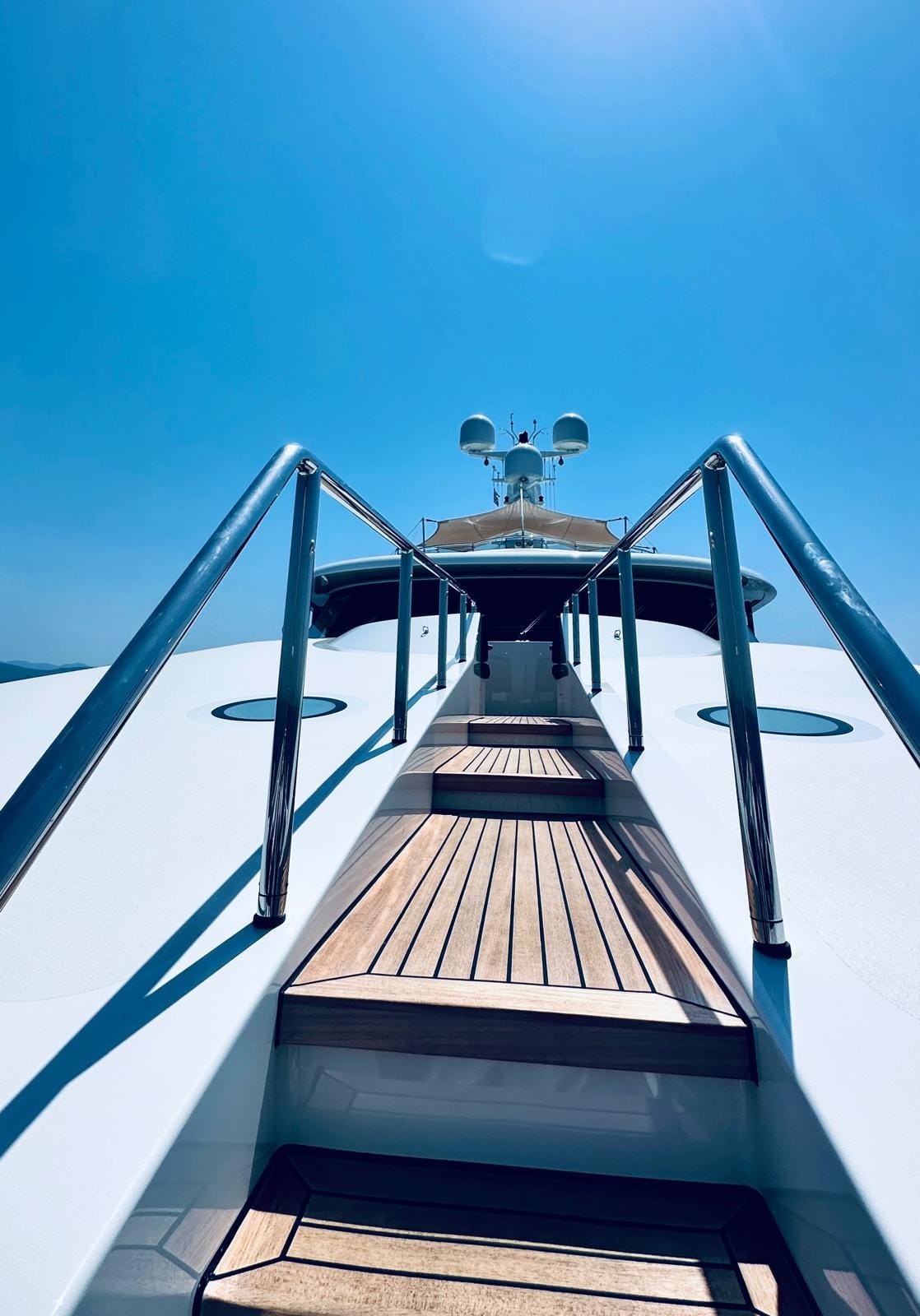No products in the basket.
Supporting Children with Autism & ADHD Onboard

Supporting Children with Autism & ADHD Onboard
Life at sea with children is always dynamic, and when a family includes a child with Autism or ADHD, thoughtful support from the crew can make a huge difference. While every child is unique, the golden rule is simple: always respect the caregiver’s lead.
Nannies, parents, or specialists know the child best. Your role as crew is to provide discreet, calm, and professional support, helping create an environment where the child feels comfortable and safe. Here are some practical ways to do that onboard:
1. Respect the Caregiver’s Lead
The caregiver knows the child’s routines, triggers, and comfort strategies. Observe their approach and follow their instructions closely. Offer help quietly when needed, but avoid taking over unless explicitly asked.
2. Be Observant & Supportive
Pay attention to how the caregiver communicates with the child—tone of voice, pace, and strategies. Mirror these where appropriate to maintain consistency and avoid confusion. Sometimes, just being a calm, steady presence in the background is the best support you can offer.
3. Communicate Discreetly & Professionally
If you’re unsure how to assist, check in privately with the caregiver rather than in front of the child. Never discuss the child’s behaviour with other crew or guests. Protecting both the child’s dignity and the caregiver’s authority is essential.
4. Stay Calm, Patient & Composed
Children with Autism or ADHD often mirror adult emotions. If you stay calm and reassuring, it helps them regulate. During moments of stress, excitement, or overstimulation, let the caregiver take the lead while you provide quiet backup if needed.
5. Adapt the Environment Thoughtfully
Simple adjustments can make a big difference: dimming bright lights, reducing noise, or setting up a quiet corner for downtime. Sensory tools, headphones, or a calm space can be useful, but always introduce changes in line with the caregiver’s guidance.
6. Stay Flexible & Ready to Support
Plans may change quickly depending on the child’s needs. Be adaptable and ready to pivot—whether that means suggesting an alternative activity, creating a calmer environment, or simply stepping back when space is needed.
Final Thoughts
Supporting children with Autism or ADHD on a yacht requires sensitivity, patience, and teamwork. By respecting the caregiver’s lead, maintaining professionalism, and staying adaptable, you can contribute to a positive, supportive onboard experience for the whole family.
This blog has been guest created by SEN and UHNW nanny expert, Melissa. Thank you Melissa for sharing your wisdom with us all!


